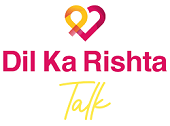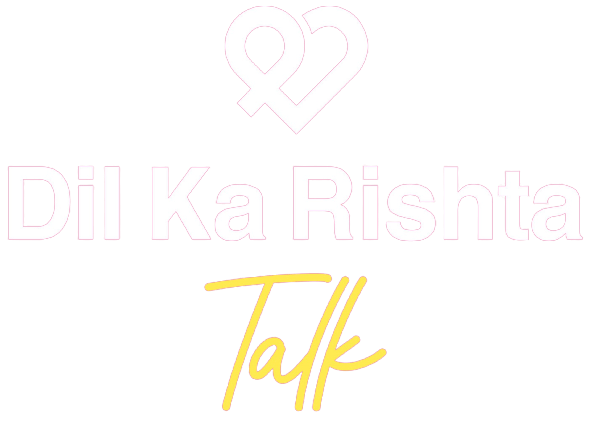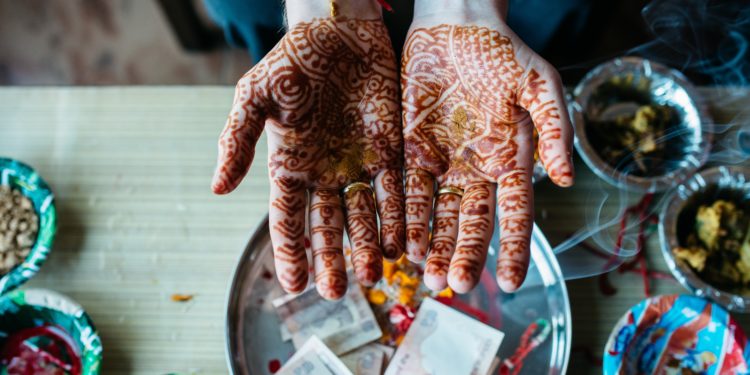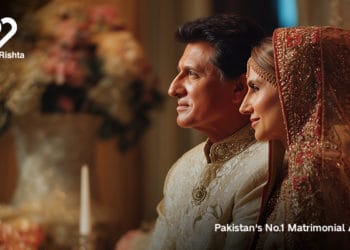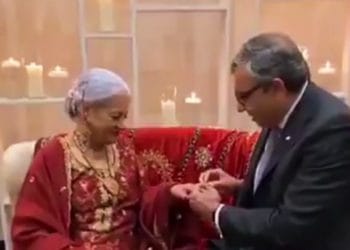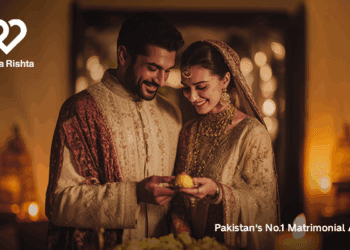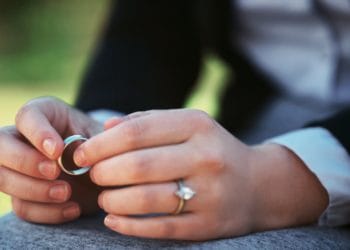Eid-ul-Fitr is one of the two biggest Muslim holidays. Eid means celebrations, and Fitr means the end of a fast. The word comes from Arabic and means the two- to three-day celebrations that happen after the moon is seen after the month of fasting, which is called Ramadan. Muslims all over the world celebrate the holiday in their own unique ways. So, you’re in the right place if you want to know how Eid is celebrated around the world. Here is a detailed list of how people around the world celebrate Eid.
EID PARTIES TAKE PLACE ALL OVER THE WORLD
During Eid, people usually get new clothes, eat delicious food, give and receive gifts, and get together with their families to celebrate and thank Allah for all of His blessings. Let’s talk in more detail about some Eid traditions from around the world. These traditions vary from place to place, but they all share a sense of joy.
PAKISTAN
Let’s start our look at how Eid is celebrated in different parts of the world with our own country, Pakistan. In Pakistan, preparations for Eid usually start in the second-to-last week of Ramadan, but they are in full swing in the last week. Most families clean their homes very well and often decorate them for the upcoming holiday. People buy and wear new clothes, and the night before Eid, called Chand Raat, is when people rush to the markets to buy last-minute accessories. On Chand Raat, women line up outside salons or go to each other’s homes to get temporary tattoos called Henna or Mehndi on their hands. Women often wear colorful glass bangles on Eid day as well.
Eid is one of the most anticipated events of the Islamic year because people have so much planned for it.
The day starts with prayers for men in the mosques. These prayers are often held on large, open grounds so that as many people as possible can attend. After meeting each other and praying, people go home with their families to see relatives and friends.
The first day is usually for close family members. The older family members give Eidi, which is money, to the younger family members. Family feasts are a big part of Eid. If not all family members get together, at least most of them do to enjoy the holiday together.
When people say “Eid Mubarak” to each other, they usually hug each other. In many homes, it is also a sign of respect to greet older relatives by kissing their right hand. In return, the older people will often say a quick prayer for the children. Most Pakistani homes make Sheer Khurma, which is a vermicelli pudding, and Biryani, which is a spicy rice dish. The country takes three days off for the Eid holiday.
On the days of Eid, the streets are usually full of people, and kids’ rides are set up outside in the neighborhoods. There are also a lot of programs on TV that are all about celebrations. Many people also choose to spend a fun evening with their families at malls, parks, or beaches.
INDONESIA
In Indonesia, Eid is called Lebaran, and the celebrations start the night before. People do some last-minute shopping while drums and firecrackers make the crowds happy. In some parts of the country, people also light torches and carry them through the streets. As in Pakistan, most people who work in other cities go home to their small towns in the countryside. This is called Mudik, which means “coming home.”
Traditional foods cooked for the day include Lemang, which is bamboo-cooked rice, and Lapis Legit, which is a thousand-layer cake. On Eid, people also make Ketupat, opor ayam, and cookies with butter and pineapple jam in the middle.
After morning Eid prayers, people say “Selamat Idul Fitri,” which means “Eid Mubarak” or “Happy Eid.” On the day of Eid, Muslims also ask for forgiveness from their family, friends, and neighbors. This is called Halal Bihalal in Indonesia.
When kids visit their grandparents, the grandparents give them colorful envelopes with money in them. Most Indonesian Muslims celebrate Eid by wearing traditional clothes, which are different for men and women. During Eid, family and friends also visit the graves of their loved ones.
MALAYSIA
Eid is a happy time in Malaysia, just like it is everywhere else, and most people go home to be with their families. People use oil lamps called Pelita to decorate their homes for Eid. They also make traditional foods like Ketupat, which are rice dumplings, and Rendang, which is a popular meat dish in South East Asian countries to serve to guests. Locals call it Hari Raya Aidilfitri, which means the Celebration Day of Eid-ul-Fitr. On this day, everyone wears traditional clothes.
Malaysia’s Eid-ul-Fitr celebrations have always been like an open house, with everyone welcome in every home and an open-door party atmosphere that invites everyone to enjoy the food and have a good time, no matter their religion, wealth, or caste. Families usually take turns giving day guests a place to stay.
Also, the country is decorated and parties are held all over during Eid days, which brings in more visitors and tourists at this time of year. Big cities like Kuala Lumpur and others are less crowded and almost empty because many people travel back to their hometowns to spend the holiday with their families.
On this day, Muslims pray, celebrate, and ask each other for forgiveness. Children also get small amounts of money from their elders, which is called Duit Raya. This is their version of Eidi.
SAUDI ARABIA
Muslims from all over the world go to Makkah and Madinah for Umrah during Ramadan, and most choose to stay until Eid before going back home to their families. After Eid prayers, the locals get together at a family member’s house for a meal and to celebrate the holiday. The older people in the family also give money or gift bags with toys and sweets to the children.
During Eid, many Muslims also choose to give to charities and give gifts to the less fortunate, often in secret, so that those people can also spend the day with their families. On the streets, every Muslim greets every other Muslim without exception, which adds to the party atmosphere.
In some parts of Saudi Arabia, people also put welcome rugs in front of their doors and eat meals with their neighbors and other Muslims that include traditional Arabic food.
TURKEY
In Turkey, Eid-ul-Fitr is called Seker Bayrami, Ramazan Beyrami, or the “holiday of sweets” because it is a time to eat traditional sweets like Baklava and Turkish Delight. On this day, when family and friends visit each other after Eid prayers, they all bring sweet treats. As a sign of respect, most Turkish Muslims greet older people by kissing their right hand and touching it to their forehead. This is a cultural and traditional greeting.
Even though Eid is celebrated all over the world, it is not a public holiday in countries with a small number of Muslims. However, Turkey is one of the countries that has a three-day holiday for the event. People get new clothes, give gifts to people they care about, and go to cemeteries to remember family members who have died.
When children greet their elders with respect, they are given money, sweets, and chocolates. They often go door-to-door in their neighborhood to do this. On Eid, there will also be street performers who put on puppet shows for the kids, since schools are closed for the holiday.
UNITED ARAB EMIRATES
While the local Emiratis stick to the traditional way of celebrating Eid, which starts with morning and Eid prayers and is followed by making regional food and eating at the home of the eldest family member, many people from other countries come to the UAE to celebrate Eid. There are a lot of immigrants living in the UAE, and most of them can’t go home for the festival.
Since Eid is a public holiday and a happy time, ex-pats usually spend the day together at a friend’s house, eating traditional foods from each person’s home country and celebrating the spirit of Eid. During the Eid holidays, there are also a lot of events and shows in public parks all over the UAE. This is so that people who don’t have family in the UAE don’t have to be alone and can celebrate with everyone else.
AFRICA
Morocco, Egypt, Tunisia, Somalia, South Africa, Nigeria, and a few other African countries all celebrate Eid in the same way. They pray at their local mosques in the morning before a big family gathering where local foods take center stage. Men and women in Morocco wear traditional clothes, and Moroccan pancakes and mint tea are a must-have for breakfast. In Somalia, on the other hand, Halvo is the dessert of the day.
In Egypt, fish dishes and traditional treats like Kahk, a nut-filled cookie that is often made at home for Eid, are the most important parts of the celebrations. Children get gifts and money from their parents, and after a day with the family, many people go to cultural sites, take a cruise on the River Nile, or go to a beach resort for the rest of the holidays. During Eid, there are also storytellers who go from street to street telling kids folktales.
MUSLIM-MINORITY COUNTRIES
In many countries, people pray and party at their local mosques and Islamic centers.
People say hello to each other outside of a mosque in the UK after Eid prayers.
Muslim minorities in the UK, the US, Australia, Canada, and Europe all celebrate Eid-ul-Fitr in the same way. They pray at their local mosques or Islamic centers before greeting other people in their communities. In these countries, Eid is not a national holiday, but many Muslims choose to take the day off anyway.
After the prayers, people who live close to their families get together at the house of one relative. Each person brings a dish from their home country that is cooked at home. In the spirit of the holiday, they spend the day together and do things the way they did back home. People who don’t have family in the city but still want to celebrate an event with the community can go to fairs or events at many Islamic centers and mosques.
On the first day of Eid, Muslims all over the world pray at a mosque or local Islamic center, cook special meals and sweets for the day, clean their homes, and put on new or clean clothes. You can see that Eid traditions in different parts of the world vary based on where you are.
